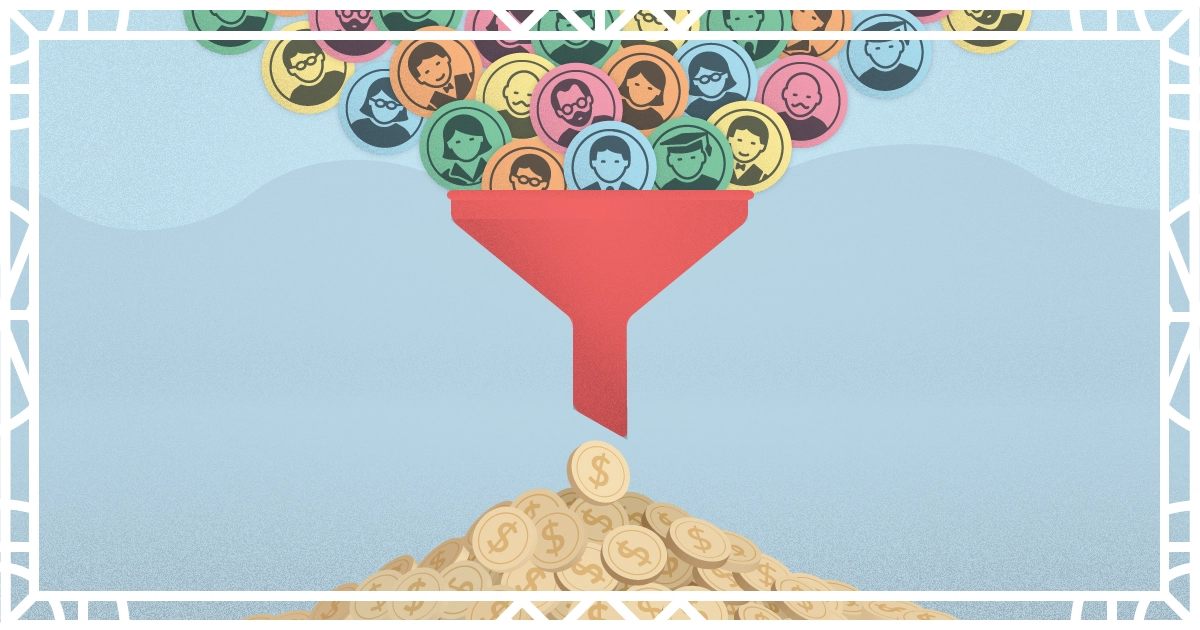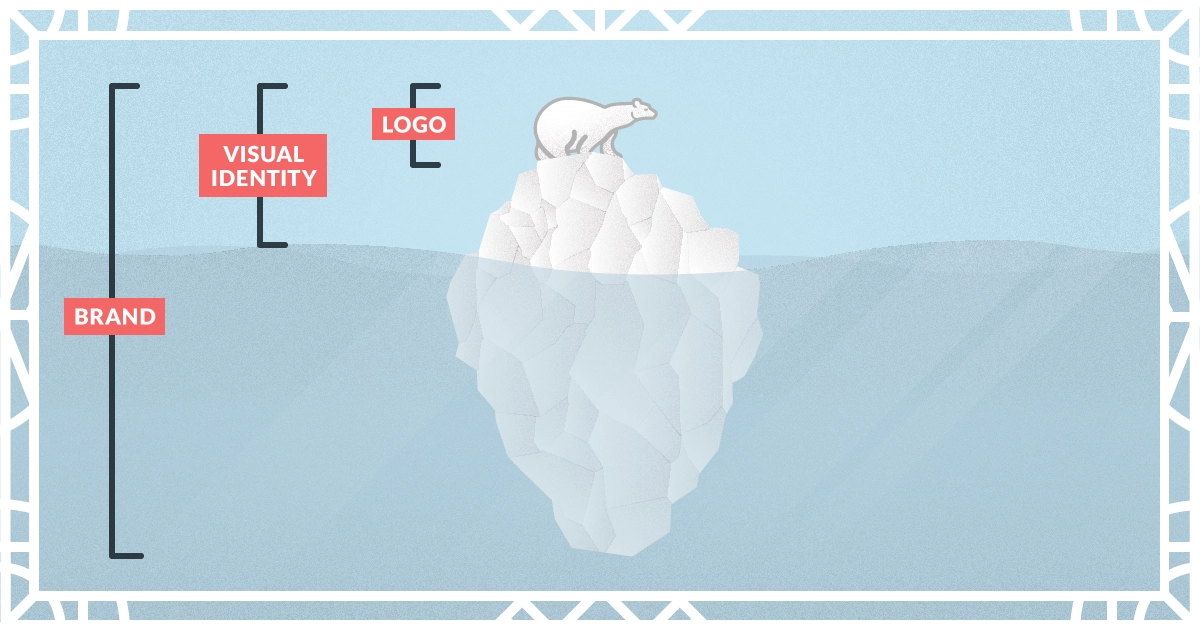How to Build a Profitable Brand

A brand is much more than just the face of your business. A brand is the set of qualities that your audience associates with your business, the value that they assign to your business. Which words come to the mind of your prospective customers upon the first interaction with your business? Do they see you as an established expert in your field or an inexperienced newcomer? Do they place more trust in your business or in your competitors’? How much are they willing to pay for your products/services?
All the brands that belong to a common market compete for the consumers’ attention and loyalty. In order for your brand to stand out over the competition, the consumers must identify with certain qualities portrayed by your brand. Maybe they are looking for something affordable and accessible, or maybe they seek a high-end and exclusive experience; Perhaps they are looking for a traditional brand with classic values, or maybe they identify more with a modern and trendy brand.
Every brand aims to grow a base of loyal customers. In turn, this results in a greater competitive leverage, a larger share of the market, a larger number of customers that your business can profit from.
Moreover, a fruitful base of loyal customers allows your business to raise the prices of its products/services. A “tax” that loyal customers are willing to pay for continued satisfaction from a familiar brand that they identify with, as opposed to the risk of trying out a different brand for the first time with potentially disappointing results.

Over time, a logo which your audience recognises and trusts, as well as the colour scheme, typography, slogan, and all the other elements that identify your brand, become an intangible accountable asset. The value of a brand (or “Brand Equity”) along with real estate, machinery, and any other asset that your business owns, determines how much your business is worth.
Designing a strong brand identity not only allows you to profit more from your products and services but it also inherently increases the value of your business. The truth is that branding and business development go hand in hand.
Getting a hip and eye-catching logo is the first thing in the mind of most business owners when launching their ventures. However, the key to turning your brand into a source of income is focusing your branding efforts strategically in order to maximise business results, rather than focusing only on the visual facet of branding.
If you’re just adding nice aesthetics to something to make it look pretty, you’re not delivering any kind of secret. It’s sort of like taking a boring person and having them put on makeup and dress up nice, but they’re still sort of a boring person.
— Jonathan Harris

In order to build engaging relationships with the audience, gain a larger share of the market, increase the value of your brand, and profit from it, your brand needs much more than just a cool-looking logo. It needs…
1. Brand Research
- A thorough understanding of your business, your competition, and your audience.
- A solid foundation of data to rely on during any decision making process.
- A guarantee that the brand strategy will be aligned with the business strategy.
2. Brand Strategy
- A unifying concept that ties all elements of the brand together and defines the essence of your brand, your brand’s story, what your business stands for.
- A short name that is easy to pronounce and spell (and preferably that is available as a “.com” web domain).
- A memorable slogan that entices the audience to know more about your products/services.
- A set of guidelines for your brand’s voice in order to ensure that all verbal communication has a consistent tone that your audience can understand and relate to.
3. Visual Identity
- A memorable logo that maintains readability even in small sizes.
- A legible typeface that sets a distinctive tone for all text in your brand communications.
- A colour scheme that differentiates your brand from the competition, yet it belongs to your industry.
4. Brand Guidelines
- A document that lists all the norms that comprehend your brand identity to ensure that your brand will be perceived as consistent, reliable, and professional.
5. Brand Touchpoints
- A consistent application of your brand across all “touchpoints” (where your business interacts with your audience). This includes emails, business cards, letterheads, presentation slides, website, social media.
- The brand strategy must also be translated effectively to all “business touchpoints”, including your products and services, the way your employees communicate with clients, customer support, even the office-space and the culture within your business.
6. Brand Activation
- An effective strategy to roll out your brand to the public through different advertising channels and grow brand awareness.
7. Brand Iteration
- A continuous process of analysing how the audience perceives your brand and performing tasks to improve the public opinion and maximise business results.

